When Regular People Became More Trustworthy Than Celebrities (Shocking, We Know)
Welcome to 2025, where the most valuable people in Chinese digital marketing aren't celebrities with perfect faces and millions of followers, but ordinary folks with acne scars who actually use the products they recommend. In a plot twist that surprised absolutely no one except marketing executives, Chinese consumers have developed an allergic reaction to perfectly polished influencer content and now prefer advice from people who look and spend like them.
With 92% of Chinese consumers now prioritizing content that doesn't look like it was produced with the GDP of a small nation, Key Opinion Consumers (KOCs) have emerged as the authentic voice in a sea of filtered faces and staged unboxings. Turns out people prefer product recommendations from someone who might actually return the item if it's terrible—who knew?

The Numbers That Will Make Your Marketing Director Question Their Life Choices
Before we dive into how to find these magical ordinary people who somehow have extraordinary influence, let's look at some statistics that explain why your 2023 influencer strategy now belongs in a digital marketing museum:
- Total Social Media Users: 1.2 billion (approximately one-sixth of humanity scrolling while pretending to work)
- KOC Market Penetration: 78% (meaning your perfectly curated KOL campaign is potentially reaching only 22% of audiences who haven't yet developed authenticity radar)
- User-Generated Content Engagement: 92% (nearly everyone prefers content that looks like it was made in someone's bedroom rather than a professional studio)
- Average KOC Follower Base: 5,000-50,000 (proving you don't need to be followed by the population of a small country to be influential)
- Consumer Trust in KOCs: 85% (higher than most people trust their weather apps)
The Seven-Step Program to Finding People Who Look Normal But Have Abnormal Influence
1. Understanding the KOC Landscape: Where Authenticity Is No Longer Optional
What Makes a KOC Different From Someone Just Complaining Online:
KOCs are the digital equivalent of that brutally honest friend who tells you when your outfit looks terrible but in a way that somehow makes you appreciate their opinion. They're not influencers; they're just influential—a distinction that keeps marketing executives awake at night.
The Authentic Ecosystem That Makes Traditional Marketing Cry:
- Niche expertise that comes from genuine interest, not a briefing document
- Genuine user experiences including the unboxing disaster videos brands fear
- Limited but engaged following who actually read the captions, not just double-tap the photos
- Hyper-local content creation that acknowledges China isn't one homogeneous market
Strategic Insights That Weren't in Your Marketing Textbook:
- These are micro-community leaders whose opinions carry more weight than government officials on matters of consumer choice
- They create content that actually looks like humans made it, not AI or marketing departments
- They specialize in knowing absolutely everything about seemingly insignificant product categories
- Their marketing approach consists primarily of "I spent my own money on this and here's the truth"
How to Spot a Real KOC (Not a KOL in Disguise):
- Content quality consistent enough to suggest they care but imperfect enough to be authentic
- They actually respond to comments with more than heart emojis
- Knowledge deep enough to make product engineers nervous during Q&As
- Engagement patterns that reflect real human relationships, not algorithm manipulation
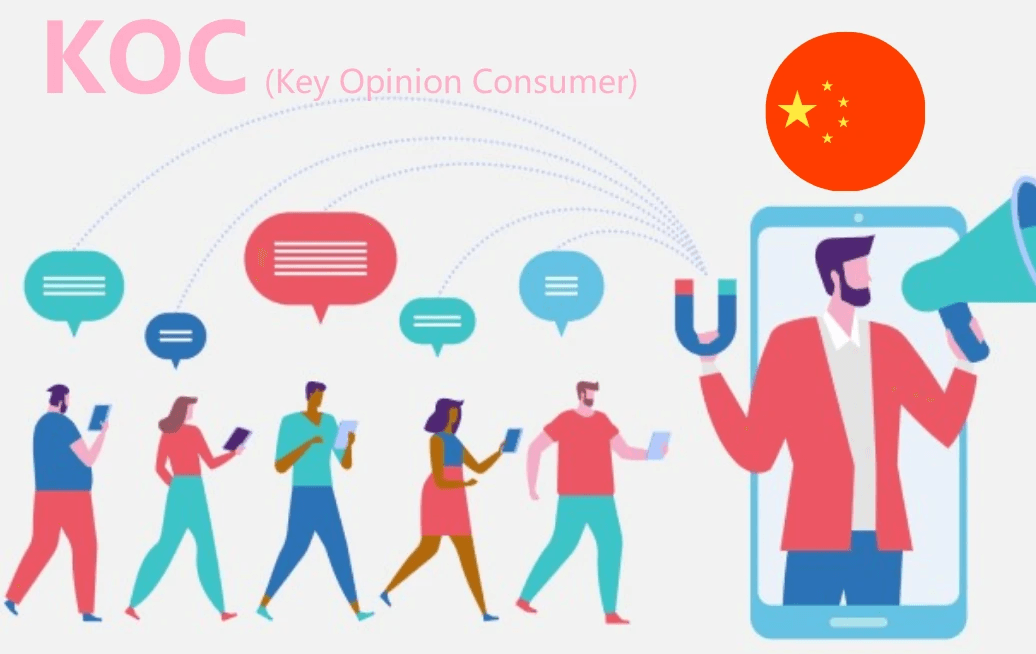
2. Platform-Specific KOC Discovery: Digital Treasure Hunting
Where These Elusive Authentic People Hide:
Unlike traditional influencers who are everywhere like an aggressive rash, KOCs tend to cluster in platform-specific communities where they can connect with like-minded product enthusiasts.
The Digital Watering Holes Where KOCs Gather:
- Xiaohongshu (小红书): Where detailed product reviews are longer than most college essays
- Douyin (抖音): Home to 15-second product truths that are more honest than most relationships
- Bilibili (哔哩哔哩): Where gaming and subculture experts dissect products with scientific precision
- WeChat Moments: The professional network where KOCs disguised as normal people share surprisingly influential opinions
- Weibo: Where trending topics spawn spontaneous product experts overnight
How to Find Them Without Looking Desperate:
- Use platform algorithms that are surprisingly better at finding authentic content than most human scouts
- Track hashtags and trends like a digital stalker, but for legitimate business purposes
- Analyze community engagement patterns to find whose opinions actually matter
- Assess content quality based on helpfulness rather than production value
Tech Tools That Do the Work While You Take Credit:
- AI-powered matching technology that connects your brand with KOCs who won't hate it
- Engagement analysis that distinguishes between active communities and bot farms
- Audience verification that ensures followers are actual humans with purchasing power
- Cross-platform tracking to find KOCs who maintain consistent opinions across multiple channels
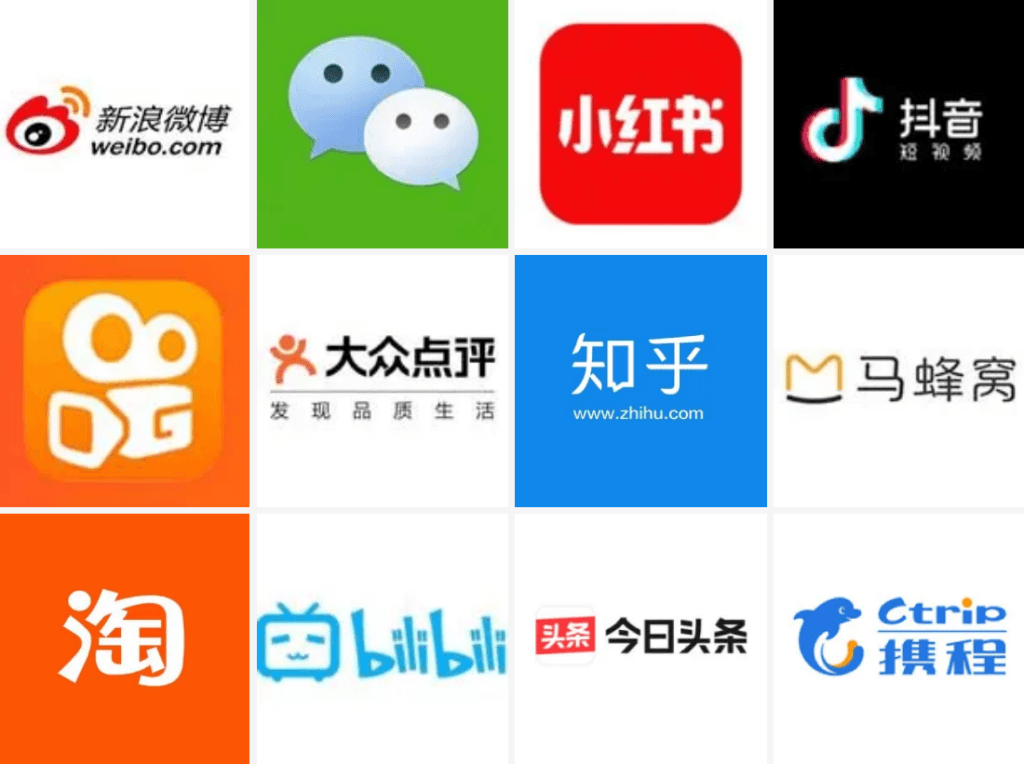
3. Authenticity Verification: Or How Not to Be Fooled by Wolves in Sheep's Clothing
The Trust Detective Work:
As KOCs have become valuable, an ecosystem of fake authenticity has emerged—the digital equivalent of wearing distressed designer jeans that cost more than regular jeans but are made to look like you've worn them for years.
How to Verify If Someone Is Actually Authentic (The Irony):
- Engagement rate analysis that looks for patterns too consistent to be natural
- Content history checks to ensure they didn't transform overnight from luxury fashion influencer to budget skincare expert
- Interaction quality that shows they're building relationships, not just collecting followers
- Follower evaluation that confirms their audience isn't primarily bots or paid engagement farms
The Tech That Keeps Marketers Honest (Mostly):
- Machine learning algorithms that detect authenticity with better accuracy than most humans
- Sentiment analysis that distinguishes genuine enthusiasm from contractual obligation
- Fake follower detection more sophisticated than the methods used to create fake followers
- Content evaluation that checks if the person actually uses what they recommend
Red Flags That Scream "Fake Authenticity":
- Engagement that appears overnight like mushrooms after rain
- Content quality that fluctuates depending on sponsorship
- Follower growth patterns that defy both gravity and logic
- Interaction patterns suggesting the person has 48 hours in their day to respond identically to thousands of comments
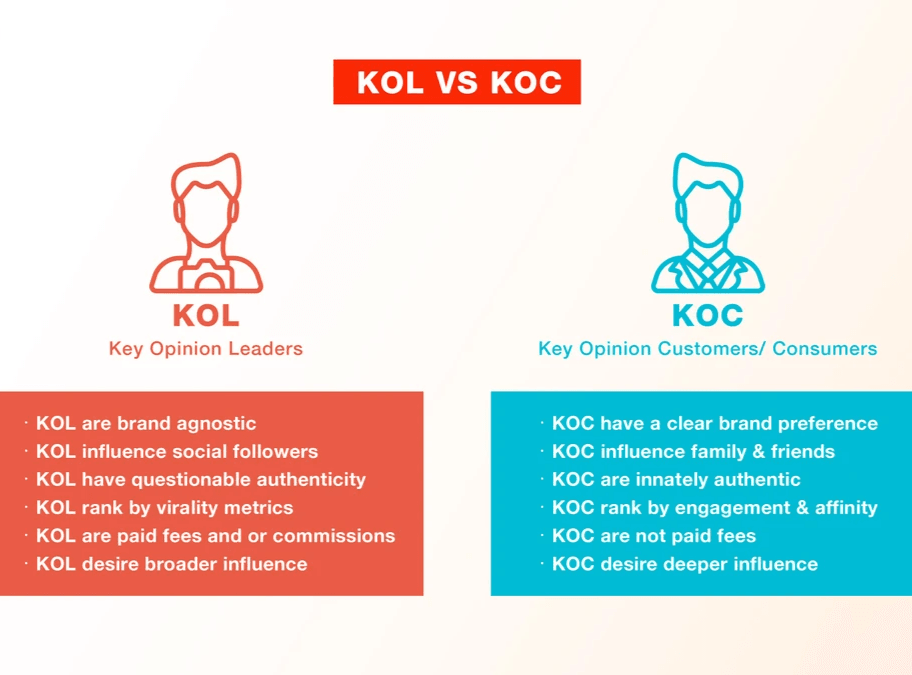
4. Collaboration Strategy: How Not to Ruin a Good Thing with Corporate Awkwardness
The Delicate Dance of Working with Non-Professional Influencers:
Approaching KOCs with traditional influencer contracts is like bringing a corporate PowerPoint to a casual coffee chat—technically possible but socially disastrous.
How to Build Relationships That Don't Make Everyone Cringe:
- Create mutual value propositions that acknowledge KOCs care about their credibility more than your campaign goals
- Focus on long-term relationships rather than one-off promotional blitzes
- Co-create content that doesn't make the KOC look like they've sold their digital soul
- Develop compensation models that respect authenticity while acknowledging value
Engagement Approaches That Won't Get You Blocked:
- Personalize collaborations based on the KOC's actual content style, not your brand guidelines
- Give creative freedom that might terrify your legal department but delight their audience
- Communicate transparently about expectations without sending 27-page briefing documents
- Establish feedback mechanisms that don't make you sound like an overbearing brand parent
Compensation That Acknowledges Reality:
- Performance incentives that reward genuine impact, not just contractually obligated post volume
- Product-based collaborations that don't require the KOC to fake enthusiasm for things they dislike
- Exclusive content opportunities that give their audience actual value, not just marketing fluff
- Community recognition that enhances their credibility rather than damaging it
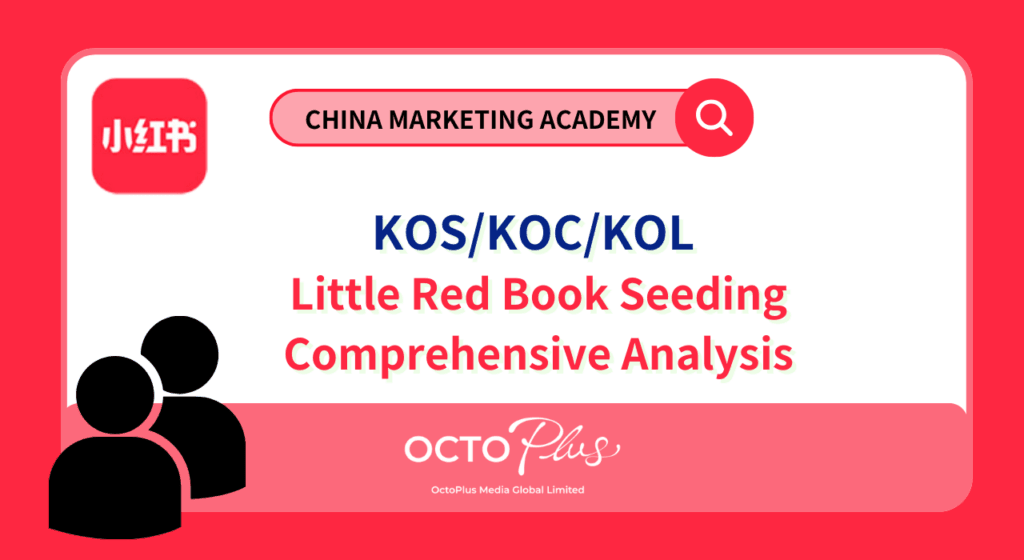
5. Content Localization: Because China Isn't Just One Big Homogeneous Market (Surprise!)
The Cultural Complexity Check:
Treating China as one market is like treating Europe as one country—technically more convenient for marketing plans but fundamentally detached from reality.
Techniques That Acknowledge Geographic Diversity:
- Native language integration that recognizes Mandarin has more dialects than your brand has products
- Cultural context adaptation that understands references landing in Shanghai might flop in Chengdu
- Local trend awareness that acknowledges different regions have different digital behaviors
- Storytelling approaches that resonate with specific community values, not generic "Chinese culture"
Content Adaptation That Goes Beyond Changing Models to Asian Faces:
- Regional dialect considerations that might make your national campaign locally incomprehensible
- Consumer insight integration that acknowledges purchasing behaviors vary dramatically by region
- Emotional storytelling that connects with local values, not just universal concepts
- Cultural sensitivity that prevents your brand from becoming a case study in what not to do
Storytelling Approaches That Actually Work:
- Personal experience narratives that don't sound like they were written by an AI
- Genuine product interactions including the awkward first-time usage moments most brands hide
- Community-driven content that acknowledges the social nature of Chinese consumption
- Lifestyle integration that places products in realistic contexts, not aspirational fantasies

6. Measuring Success: When Engagement Matters More Than Impressions
The New Analytics of Authenticity:
In the KOC world, success isn't measured by how many eyeballs saw your content but by how many people actually trusted it enough to act—a concept that has caused existential crises in traditional marketing departments.
KPIs That Actually Matter:
- Engagement rates that reflect actual human interest, not bot activities
- Conversion metrics that track the journey from authentic recommendation to purchase
- Sentiment analysis that distinguishes between "this is amazing" and "this is amazingly terrible"
- Brand perception shifts that measure how opinions change when regular people endorse you
The Tech That Makes Measurement Possible:
- AI performance tracking that correlates KOC content with actual business outcomes
- Sentiment analysis sophisticated enough to understand Chinese internet slang and context
- Cross-platform impact measurement that follows the consumer journey across the digital ecosystem
- Real-time optimization tools that let you adjust campaigns before they fail spectacularly
What Success Actually Looks Like:
- Audience interactions that involve more than obligatory emoji comments
- Content impact measured in community trust, not just click-through rates
- Long-term brand perception improvements that outlast campaign timelines
- Community trust development that transforms customers into advocates
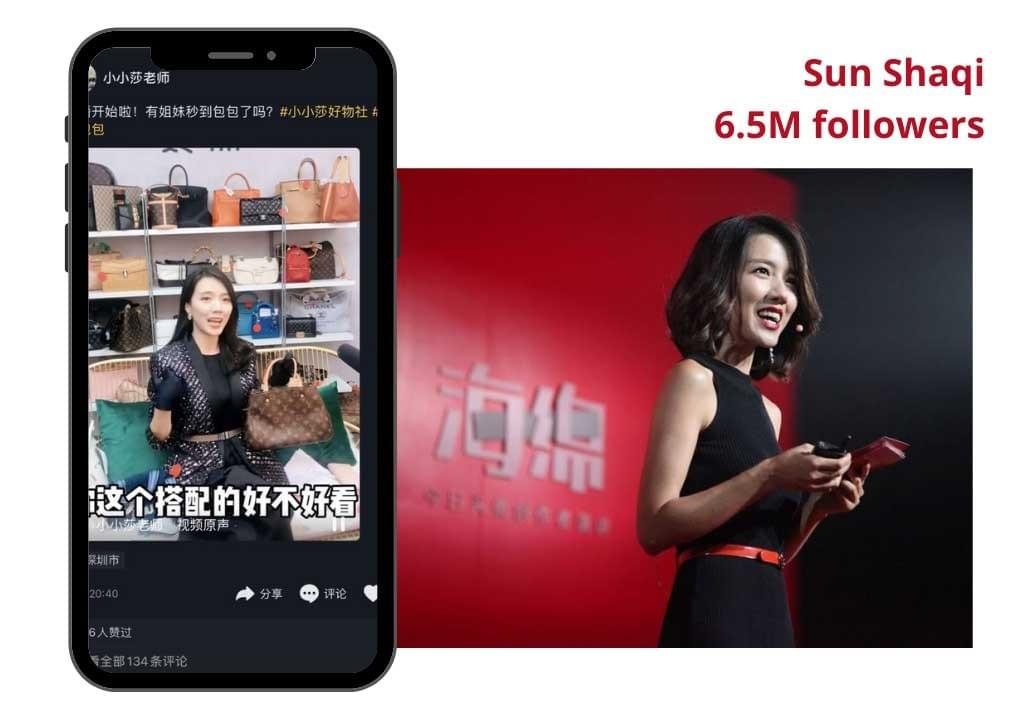
7. The Future of KOC Marketing: What's Coming Next in the Authenticity Arms Race
Tomorrow's Technologies Today:
Just when you've mastered current KOC strategies, the ecosystem will evolve again—keeping digital marketers in a perpetual state of slightly panicked adaptation.
Innovations That Will Make Today's Strategies Obsolete:
- AI content generation that somehow manages to be authentically inauthentic
- Augmented reality experiences that blend KOC recommendations with virtual try-before-you-buy
- Predictive modeling that identifies potential authentic advocates before they know they love your product
- Hyper-personalized recommendations that match micro-influencers with their ideal audience segments
Trends That Will Reshape the Landscape:
- Blockchain verification ensuring content and endorsements remain unaltered
- Transparent influence tracking that shows exactly why a KOC is recommending something
- Decentralized creator economies that bypass traditional platform algorithms
- Ethical marketing frameworks that make authenticity not just effective but mandatory
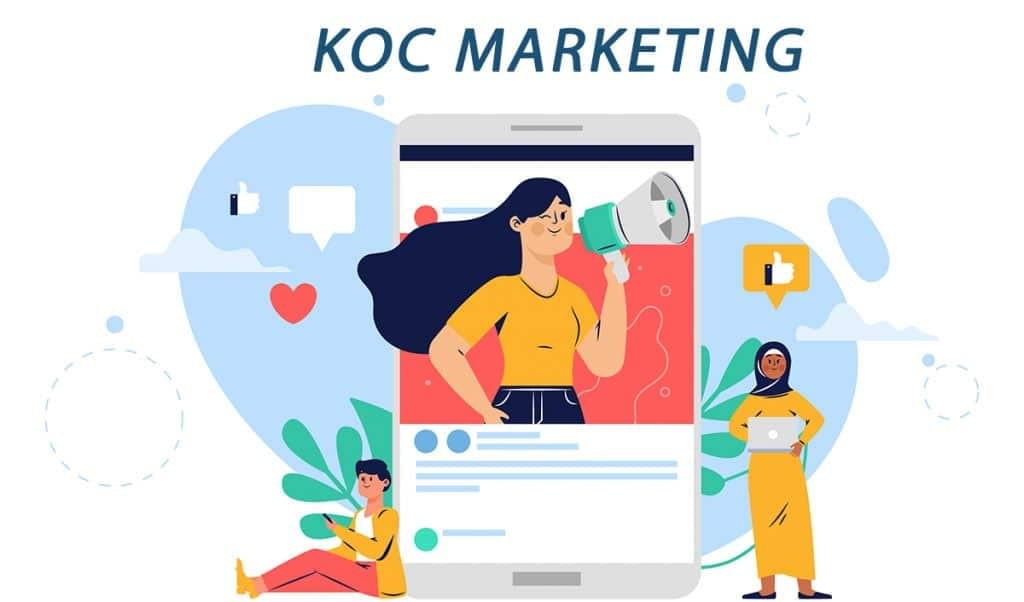
Strategic Pillars for Brands Who Don't Want to Fail Spectacularly
How Not to Be the Case Study of What Went Wrong:
- Authenticity that goes beyond "authentic-looking" to actually being transparent
- Cultural Intelligence more sophisticated than "Chinese people like red and gold"
- Continuous Learning because the digital landscape changes faster than most people change their passwords
- Technological Adaptability that keeps pace with platforms that update weekly
- Ethical Engagement that recognizes manipulating trust has consequences beyond campaign metrics
Conclusion: The Future Belongs to the Authentic (Or Those Who Fake It Really Well)
The KOC revolution represents a fundamental shift in how Chinese consumers make decisions—and consequently, how brands must approach digital marketing. In a world of increasing skepticism, the voices that cut through are those perceived as genuine, knowledgeable, and trustworthy.
For global brands, the challenge isn't just finding these authentic voices but engaging with them in ways that maintain their credibility while achieving marketing objectives. It's a delicate balance that requires new skills, technologies, and mindsets.
The good news? Chinese consumers still want to hear about great products and experiences. They just want that information from people they trust—people who look, spend, and live like them. The brands that thrive will be those that embrace this authenticity ecosystem rather than fighting to preserve outdated influencer models.